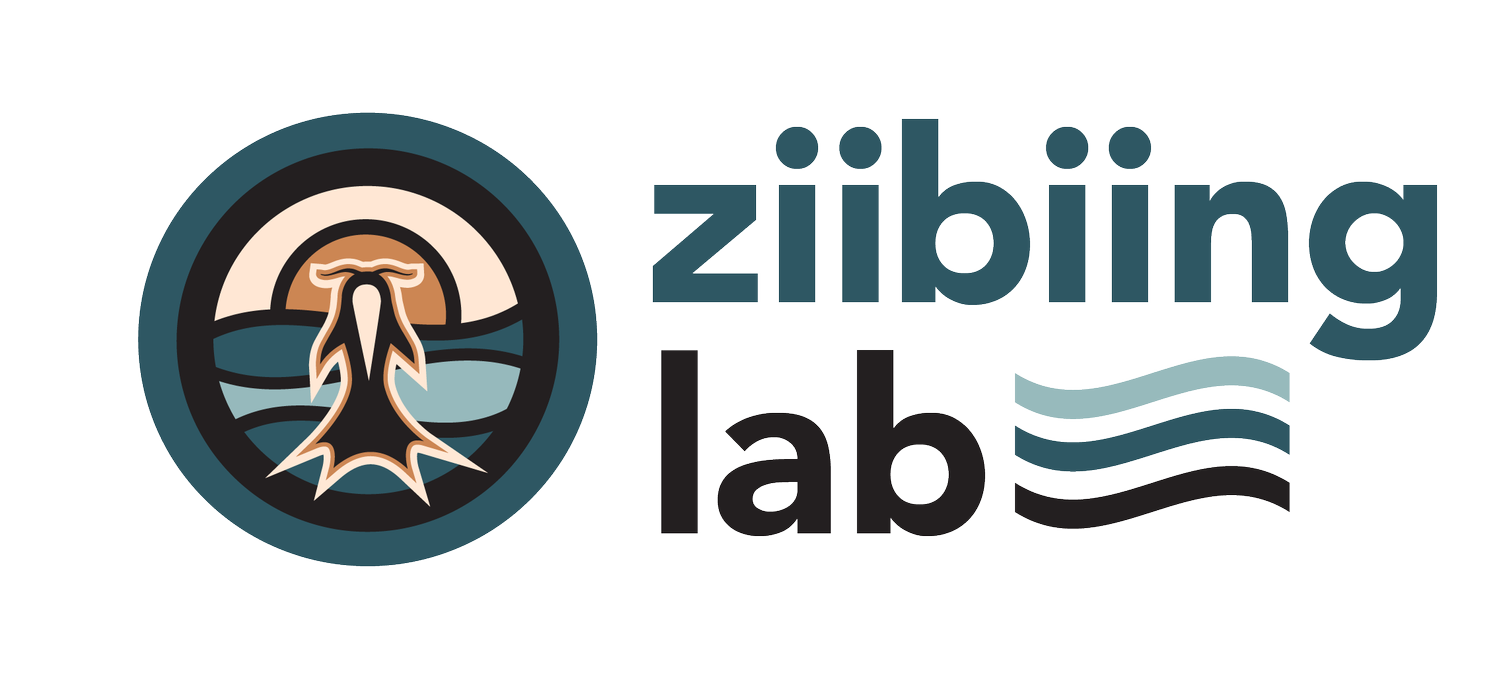
Indigenous Diamonds
SPECIAL STUDY
February 14, 2024
Indigenous Diamonds:
Extractivism and Indigenous Politics in the Diamond Province of Russia
Recommended Citation:
Sardana Nikolaeva, Uahikea Maile, Indira Quintasi Orosco, Lena Popova, Joanna Angela Louis, and Ekaterina Surzhaninova, Indigenous Diamonds: Extractivism and Indigenous Politics in the Diamond Province of Russia (Toronto: Ziibiing Lab, 2024), https://www.ziibiinglab.org/indigenous-diamonds

“Indigenous Diamonds is a critical historical and ethnographic study of diamond extraction in the Sakha Region. Dr. Nikolaeva makes several important interventions and brings new information about diamond mining and production, Indigenous peoples, and the global diamond trade. This is an important and well-researched study that will resonate beyond academic circles.”
—Nick Estes (Kul Wicasa), Assistant Professor of American Indian Studies, University of Minnesota
Abstract
This study examines Indigenous politics in Russia by analyzing the global diamond industry, and its historical development and contemporary conditions, from the context of the Sakha Republic, a northeastern region of the Russian Federation. Today, the Sakha Republic produces 99% of Russia’s diamonds and supplies 25% of diamonds on the global market. Mining operations have intensified in the last few decades, which adversely harms the environment and health of Indigenous peoples in the region, yet revenues from the diamond industry account for almost 42% of Sakha Republic’s annual budget. Therefore, this study argues that the political and economic transformations around diamonds, the primary export commodity in the Sakha Republic, produce new discourses about Indigenous identities, cultures, and experiences that conceal the structural causes of existing inequalities and embed Indigenous peoples further into the global capitalist system.
Diamonds dominate the national and cultural discourses of Indigenous communities in and around the Sakha Republic. Recently, mining companies have launched a new marketing campaign to indigenize diamonds, which reproduces perverse tropes about Indigenous peoples as authentically primitive—an old, tired narrative manufactured far from the truth. This process of indigenization in the Indigenous Arctic: 1) increases Indigenous economic and cultural dependence on extractivism; 2) coerces local Indigenous peoples to conform to problematic ideas and desires of global consumers; and 3) increases demand for indigenous diamonds and thus escalates extraction and leads to the expansion of harmful environmental effects.
Explorations into local political, economic, and social processes, and how they affect Indigenous communities within the Sakha Republic, certainly exist yet this study adds new knowledge about the on-the-ground Indigenous histories and realities generated in encounters between local and global economic and political conditions. This study is significant because it provides unique insights into extractivist policies and practices and how they shape everyday lived experiences of rural Indigenous communities in the Sakha Arctic. The findings seek to inspire additional examinations of the neoliberal extractivist order across the globe while maintaining Indigenous experiences at the center of analysis.
Executive Summary
Diamonds are widely known as a precious and romantic commodity, sometimes associated with bloody conflicts in the regions where they are extracted, so what then are indigenous diamonds? Russia supplies 25% of the global diamond market, and 99% of Russian diamonds are extracted from the Sakha Republic in the Indigenous Arctic. This study focuses on diamonds to examine the historical, political, economic, and social relations between the Russian central government, the diamond mining industry, and Indigenous peoples in and around the Sakha Republic which is known as the diamond province of Russia. The study sheds light on the adverse harms created by intensifying extraction of Indigenous lands and exploitation of Indigenous peoples in Russia.
♦ Purpose of Study ♦
To understand how local Indigenous communities are affected by resource extraction and unpack the global political-economic order of neoliberalism governing extractivism in the diamond province of Russia.
♦ Methodology ♦
This interdisciplinary study is based on a wide range of sources, including a yearlong ethnographic fieldwork in the Sakha Republic, a collection of the life histories and personal accounts of the Indigenous community in the Arctic district, news accounts in mainstream and local media (in Sakha, Russian and English languages), and government and corporate documents.
♦ Study Findings ♦
Chapter I: Identity categories imposed over time have influenced both Indigenous status and resource extraction in Russia, and the post-Soviet neoliberal state now poorly implements Indigenous rights, creating a highly unequal distribution of wealth and power across Indigenous lands.
Chapter II: Unique global-federal-Indigenous relations and their produced narratives about culture, Indigeneity, and sovereignty structure diamond production and consumption in the Soviet and post-Soviet Sakha Republic. o Chapter III: The diamond mining industry engages in a complex process of indigenizing diamonds in response to global demand and individual consumerism, which reshapes the lives and identities of local Indigenous communities in the diamond province of Russia.
Chapter III: The diamond mining industry engages in a complex process of indigenizing diamonds in response to global demand and individual consumerism, which reshapes the lives and identities of local Indigenous communities in the diamond province of Russia.
♦ Conclusion ♦
The political and economic transformations around Indigenous diamonds, the primary export commodity in the Sakha Republic, produce contradictory and exploitative discourses about Indigenous identities, cultures, and experiences that conceal the structural inequalities and unstable and violent present within Indigenous communities in the Arctic region of Russia.

